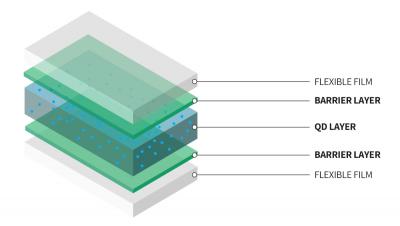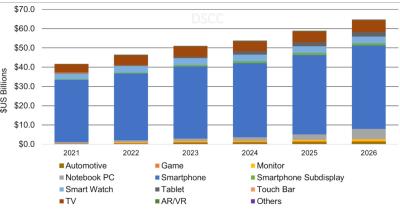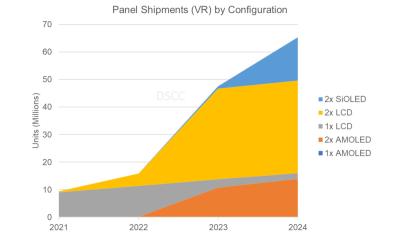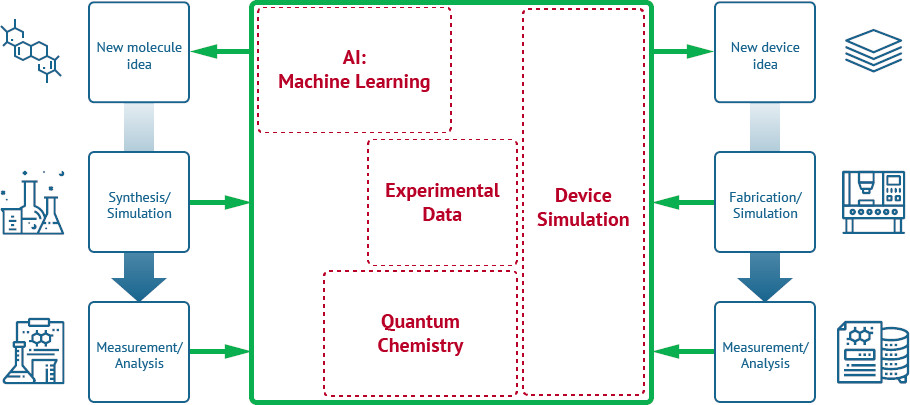Poland is aiming to become a major innovation and high-tech hub, and the country is already enjoying a growing industry, focusing on IT, bio-technology, robotics and nanotechnology.
Poland has a strong material science and development expertise, and in recent years we have been seeing OLED and display-related ventures out of Poland. It seems Poland is poised to become an interesting location to watch for future innovation in the OLED industry.

Ergis Group noDiffusion OLED encapsulation film
One such company is the Poland-based Ergis Group, a leader in plastic processing active in markets such as food packaging, industrial, automotive, medical and more. In 2020, Ergis launched its first product for the optoelectronic applications (such as the display market and photovoltaics) - the Ergis noDiffusion films for flexible OLED panels (both displays and lighting) and OPVs. Ergis is using a unique ALD-based technology that enables it to offer high performance films on low cost PET films.










